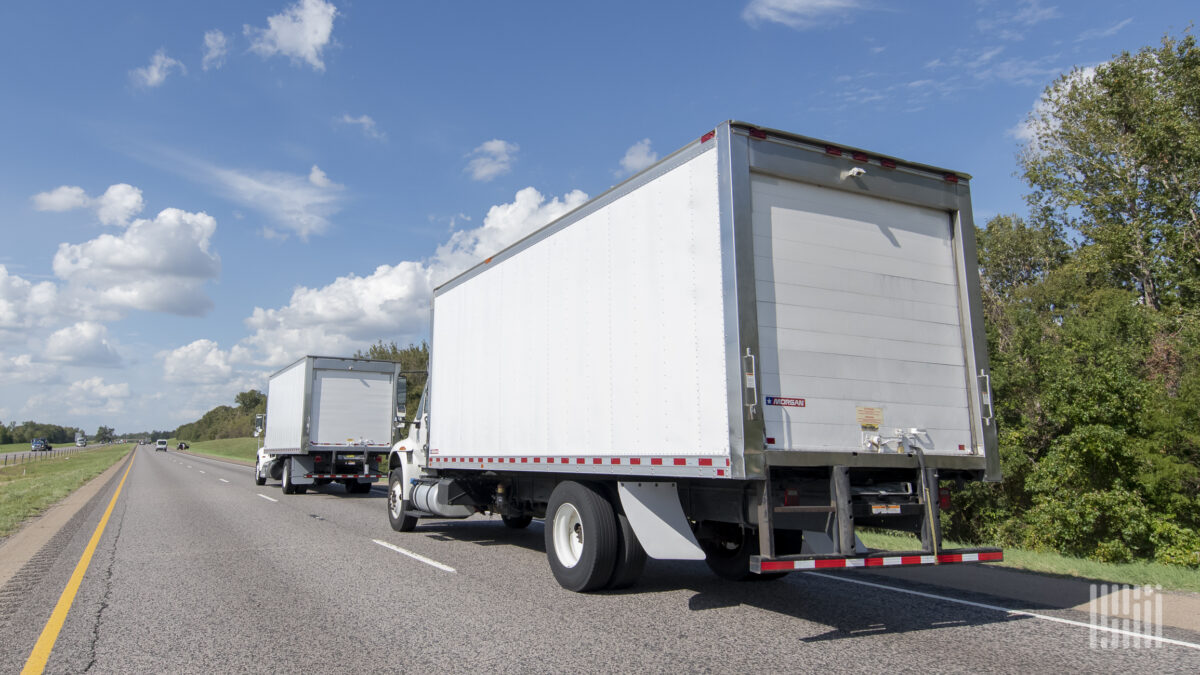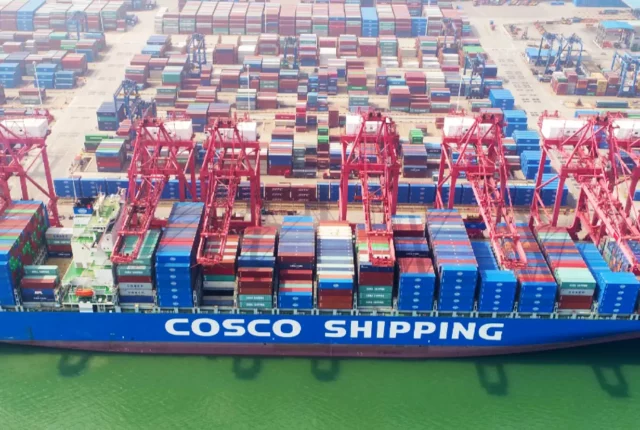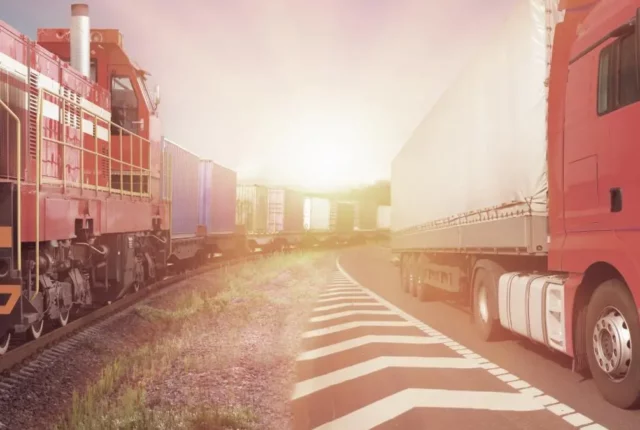
Key Challenges Facing the US Road Freight Industry
The US road freight industry is the backbone of the country’s economy, responsible for moving over 70% of all domestic freight. Every product you see on store shelves or receive through online shopping has most likely traveled by truck at some point.
However, despite its importance, the road freight industry is facing a number of challenges that threaten its efficiency, sustainability, and profitability.
Driver Shortage
One of the most significant challenges in the US road freight industry is the growing driver shortage. Truck drivers are the heart of the road freight industry, but the sector is facing a crisis due to a lack of new drivers entering the workforce.
With an aging population of drivers retiring and fewer young people considering trucking as a career, the shortage is becoming critical. According to the American Trucking Associations (ATA), the industry was short approximately 80,000 drivers in 2021, and this number could double by 2030. Companies are struggling to find qualified drivers, which affects their ability to meet delivery deadlines and impacts overall supply chain efficiency.
Regulatory Compliance
The US road freight industry is subject to numerous regulations designed to ensure safety, sustainability, and fair labor practices. While these regulations are necessary, they can pose a significant burden on companies, especially smaller operators.
Emission Standards
Environmental policies aimed at reducing greenhouse gas emissions have become stricter over the years. This includes mandates on the use of cleaner fuels and more fuel-efficient vehicles. While these initiatives are essential for sustainability, they can increase operational costs, particularly for companies that need to upgrade their fleets to comply with the new standards.
Fuel Costs and Volatility
Fuel is one of the most significant operating expenses for road freight companies. The price of diesel can fluctuate wildly due to market conditions, geopolitical events, and changes in supply and demand.
In recent years, the volatility of fuel prices has made it difficult for trucking companies to budget effectively. When fuel costs rise, so do operating costs, and these increases are often passed on to consumers in the form of fuel surcharges. However, not all companies can offset these costs, especially smaller operators, who feel the pinch more acutely.
Bottlenecks and Congestion
In addition to poor road conditions, traffic congestion—especially around urban centers—significantly slows down freight deliveries. The increase in vehicles on the road and insufficient investment in transportation infrastructure creates bottlenecks at key transit points, which affect delivery times and raise costs.
Environmental Sustainability Pressures
The freight industry is under increasing pressure to adopt more sustainable practices. With climate change becoming a more pressing global issue, there is a strong push for road freight companies to reduce their carbon footprint.
Electric Trucks and Alternative Fuels
One solution to the sustainability challenge is the adoption of electric and alternative fuel trucks. While companies like Tesla and Nikola are developing electric trucks, the high upfront costs, lack of charging infrastructure, and limited range of these vehicles pose significant hurdles for widespread adoption.
Technology Adoption and Integration
Technology plays a crucial role in modernizing the road freight industry, improving efficiency, safety, and competitiveness. However, smaller trucking companies often face challenges when it comes to adopting and integrating new technologies.
Telematics and Fleet Management Systems
Telematics systems help companies track vehicles in real-time, monitor fuel consumption, and ensure compliance with safety regulations. While large companies have embraced these technologies, smaller operators may struggle with the costs of installation and training drivers to use these systems effectively.
Supply Chain Disruptions
Global supply chain issues have impacted nearly every industry, and road freight is no exception. From natural disasters to pandemics, unforeseen events can cause significant delays and bottlenecks in the supply chain.
Last-Mile Delivery
As e-commerce continues to boom, the need for efficient last-mile delivery has become even more critical. Road freight companies must navigate urban traffic, manage delivery schedules, and meet consumer expectations for fast shipping, all while dealing with potential disruptions in the supply chain.
Labor Costs and Wages
In addition to the driver shortage, rising labor costs present a significant challenge. Companies are forced to increase wages and offer better benefits to attract and retain drivers, leading to higher operational expenses. For small and medium-sized companies, these increased costs can be hard to absorb, especially in an already competitive market.
Safety Technology
Many companies are adopting advanced safety technologies such as lane departure warnings, automatic braking systems, and collision mitigation systems. While these technologies can reduce accidents and improve safety, they also represent additional costs for companies that need to retrofit older trucks.
Insurance Costs
Trucking companies have seen a steep rise in insurance premiums over the past few years. The increased rates are due to several factors, including higher accident rates, more expensive vehicles, and legal claims related to accidents. The rising cost of insurance can be crippling, especially for small operators with tight profit margins.
Increasing Demand for E-commerce
The rapid growth of e-commerce has been both a blessing and a challenge for the road freight industry. While it has created more opportunities for freight companies, especially in the area of last-mile delivery, it has also added pressure on companies to meet the high expectations of today’s consumers, who demand faster shipping and real-time tracking.
Market Competition
The US road freight industry is highly competitive, with thousands of companies ranging from large, multinational carriers to small, family-owned businesses. This competition drives down prices and forces companies to operate on thin margins, making it difficult for smaller players to survive.
The road freight industry in the US is facing a series of interconnected challenges that require innovation, adaptability, and resilience. From driver shortages to environmental pressures, the industry must navigate these issues while ensuring it remains the backbone of the American economy
FAQs
Why is there a driver shortage in the US road freight industry?
The driver shortage is largely due to an aging workforce, high turnover rates, and fewer young people choosing trucking as a career.
How do fuel price fluctuations impact road freight companies?
Fuel price volatility can significantly increase operating costs, leading companies to pass these costs to consumers through fuel surcharges or absorb the losses, particularly smaller companies.
How does e-commerce growth affect the trucking industry?
E-commerce has increased demand for last-mile delivery, requiring trucking companies to adapt to faster delivery schedules and higher consumer expectations.






